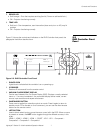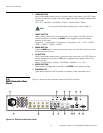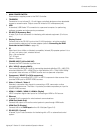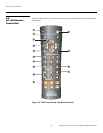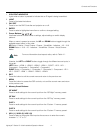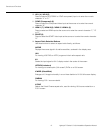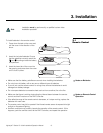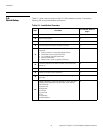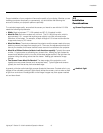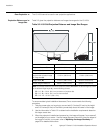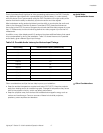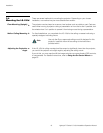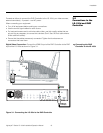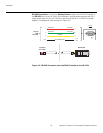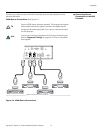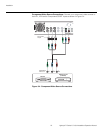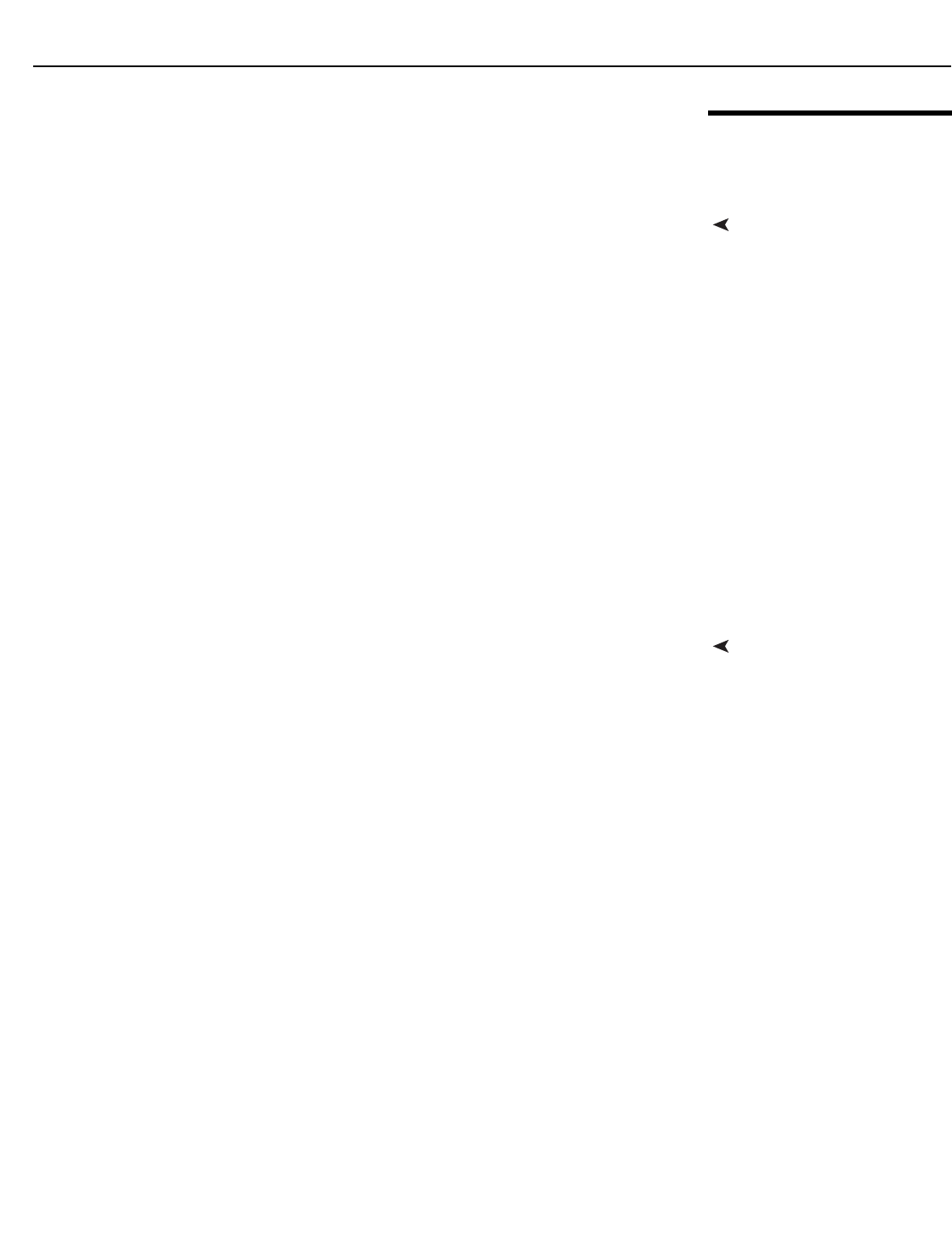
Installation
Lightstyle™ Series LS-100d Installation/Operation Manual 15
PRE
L
IMINAR
Y
3.3
Installation
Considerations
Proper installation of your projector will ensure the quality of your display. Whether you are
installing a projector temporarily or permanently, you should take the following into
account to ensure your projector performs optimally.
Screen RequirementsTo maximize image quality, ensure that the screen you intend to use with the LS-100d
meets the following requirements:
•Width: Must be between 77” (1.96 meters) and 86” (2.18 meters) in width.
•Must Be Flat: Roll-down screens will not work. The LS-100d throw ratio, which is
approximately 0.2:1, means that anything even slightly out of flat will cause major
distortions in the image. For example, a depth change of 0.5 inches would mean the
image would warp by 2.5 inches.
•Must Not Move: The structure between the projector and the screen needs to be very
stable to prevent the image from warping a lot. Since any fine adjustments should be
done by the installer, this means that the screen cannot move relative to the projector.
•Must Be a Diffuse Surface (reflects in all directions equally): Typically this means
a white, 1.0 gain screen or something very close to this. Adding any gain makes the
screen more reflective which in turn due to the steep angles results in the light from the
projector hitting the ceiling, rather than the viewer. Adding gain makes the image
dimmer.
•The Screen Frame Must Be Beveled: The steep angle of the projection could
vignette on some screen frames (such as square ones). Typical higher-end screens
typically do work fine as they have a beveled edge.
Ambient LightIn general, minimize or eliminate light sources directed at the screen. Contrast ratio in your
images will be noticeably reduced if light directly strikes the screen, such as when a shaft
of light from a window or floodlight falls on the image. Images may then appear washed
out and less vibrant.



